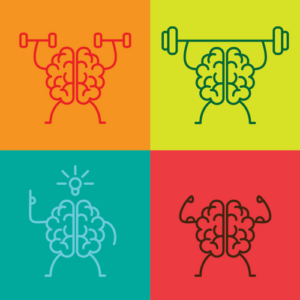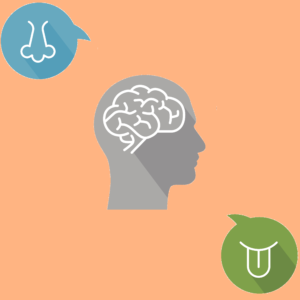Product Description
These webinars will cover some theory and understanding of the different sensory systems, though the focus would be on how each system relates to the other in order to achieve fuller integration. It is not enough to ensure function in a specific system. The student still needs to be able to put it together when going back to the classroom. The clinician will find aspects to ponder in unusual and tough situations and the parent will gain understanding of what their child is going through. Intervention ideas will be shared as well. These webinars will fuel your mind to investigate each aspect more fully though is intended to give you the fuller picture of how each system cooperates with the other. It is however not an in-depth webinar of exactly how to assess or intervene even though ideas are shared in both regards.
*Nuts and Bolts series is available for 14 days after the download.
The Webinar series contain the following webinars
Sensory Modulation:
What is the big deal about Sensory Modulation? Discover the intricacies of hyper- and hypo-responsiveness to sensory stimuli, the overlap between sensory modulation and emotional regulation, amongst other information on the theory, the brain as well as assessment and intervention. Sensory Modulation describes many behaviors that baffles families and therapists alike and understanding this important building block eases the minds of all involved.
The Somatosensory System:
Our touch and proprioceptive (deep joint receptors) systems are very involved in forming a foundational layer of development upon which we can build registration of information to ease our response to an environment of learning. The Somatosensory System is instrumental for building praxis (motorplanning), and our ability to use our bodies in different positions for different reasons including the use of tools such as pencils, knives and forks. Learn more about the theory, application, assessment and intervention.
The Vestibular-Proprioceptive System:
Learn more about a very important building block for developing motor coordination and our sense of balance. This System has great integrative power as it relates to the other systems in building efficiency in attention, focus, and learning. We cover: Neuroanatomy; Different components of Balance; Nystagmus; the influence of vision; Bilateral Integration; the influence on Language, Academics, Digestive Tract; Assessment and Intervention.
The Visual System:
The visual system is very complex and the overlap between other systems and cognition is very real, but not always well understood. We cover: Neuroanatomy of the visual system; Difference between ocular motor, visual perceptual, and visual motor skill; Visual Spatial Skill; Visual motor skill vs. Eye hand coordination Skills; Depth perception; Movement and Handwriting; Assessment and Intervention.
The Auditory System:
The auditory system is an amazing feature of both regulation, mother infant bonding as well as assisting in higher order skills of executive functioning and attention. We cover: Neuroanatomy; Different features of the auditory system; The overlap and function of auditory/vestibular system; Accommodative strategies; Classroom modifications; Effects on motor planning / executive skill; Assessment and Intervention
The Oral and Olfactory System:
These two systems play a powerful regulating role with strong application on picky eating / problem feeding. We cover: Neuroanatomy; Looking a little deeper at picky eating / problem feeding; Regulating function in sensory diet; Relationship of feeding and sound production; Myths around feeding difficulties; GERD, Ear infections; Development of smell and importance in bonding; Aromatherapy; Assessment and Intervention
Praxis (motorplanning):
Understand the “hidden” difficulties that plagues the highly verbal and intelligent child. We cover: The full definition of different components of praxis; Bilateral Integration and Interhemispheric organization; Sequencing and Timing; Building blocks for understanding the passage of time; Overlap between praxis and gestural communication; Influence of praxis on co-regulation, two way communication; Involvement of praxis in language comprehension; Play and social skill development; Assessment and Intervention.





Reviews
There are no reviews yet.